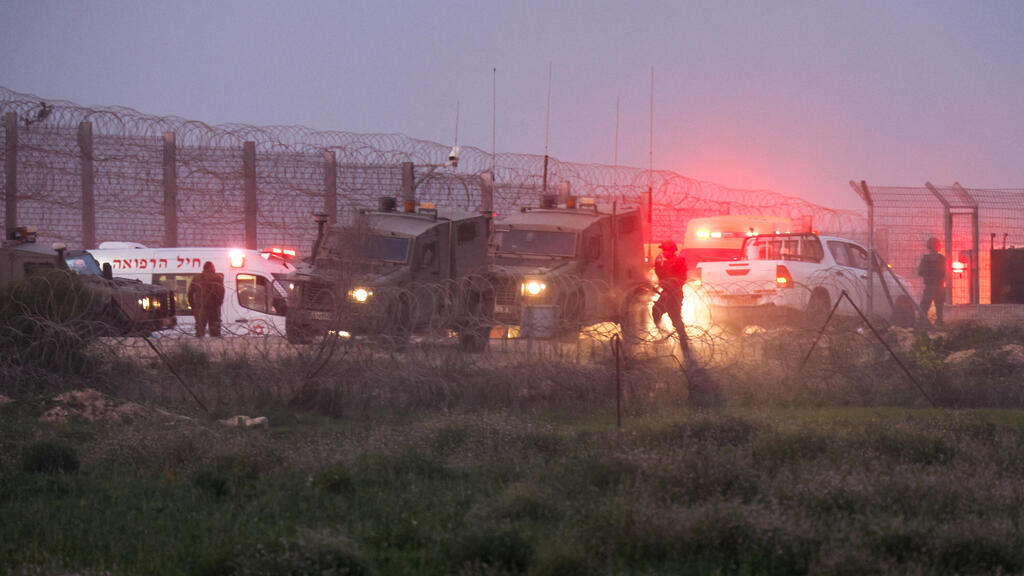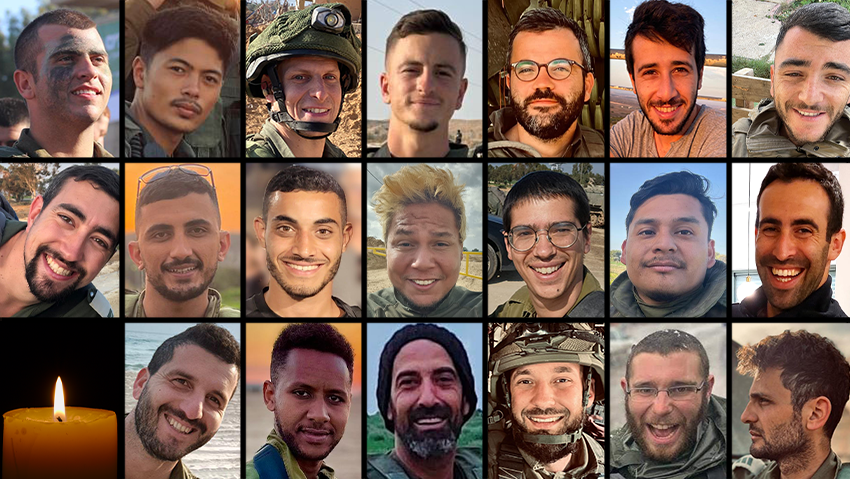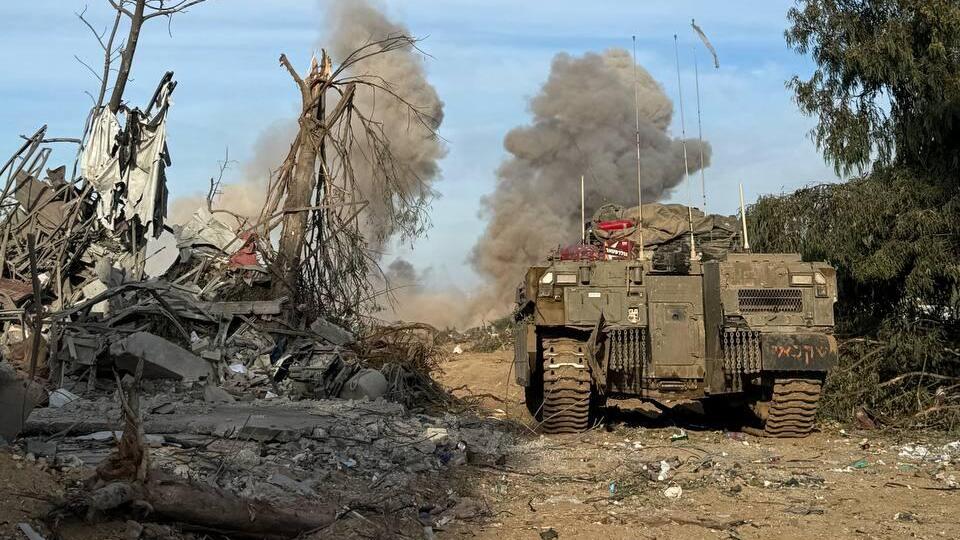We woke up Tuesday morning to one of the hardest events we have known during the Gaza war. Twenty-one soldiers; Our good sons, were killed fighting in Gaza in the most difficult incident since the beginning of the war. It goes without saying that in such an event the public is looking for answers to the breakdown that led to it and how it could have been avoided. But precisely in such difficult times, it is important to separate the truth from all kinds of stories that get mixed in.
Read more:
Let's start with the essence of the operation: Since October 7 the IDF has been working to establish a buffer zone in the Gaza Strip. Of all the tasks the IDF is doing, this is perhaps the most important and the one that should prevent a situation where the events of the surprise attack by Hamas will be repeated. As part of the activity, the IDF forces are exposing the area of ground and underground terrorist infrastructure along the entire border area.
3 View gallery


DF forces near Gaza border with Israel after mass casualty incident
(Photo: REUTERS/Amir Cohen)
Monday's activity, for example, was on the first line in front of Kissufim – a community where dozens of terrorists arrived from the same areas in which the IDF was operating. The activity there is difficult, Sisyphean, and requires a redesign of hundreds of meters of the border. Without it, it will not be possible to return the residents of the Gaza border communities home. This is the mission on which the soldiers were killed and there is nothing more valuable and important than it. It is important to say, that the soldiers were killed during a battle, and all indications so far point to the fact that the explosion occurred as a result of Hamas anti-tank fire. This is not a safety issue but a battle with disastrous results.
The first question that arose after the event was why not attack those houses from the air. We will explain: Exposing buildings is a job for the engineers' corps, for D9 bulldozers in the case of low buildings or mines in other cases. The bulldozers were damaged in the war as a result of the destruction of houses, especially when they were operating against high-rises, so the IDF decided to switch some of the demolitions to mines, which are more effective but also more dangerous.
3 View gallery


Twenty-one soldiers were killed in the explosion
(Photos: IDF Spokesperson's Unit, Shutterstock)
Aerial destruction is possible and is used in some places, but it is not always complete. It is very expensive and takes resources from places that need them. If we bomb all the houses in the area from the air to destruction, there will be no weapons left to attack terrorists while the forces are maneuvering, and certainly not in the northern arena. This is true for the Israeli Air Force, but also for any other country.
The questions that the IDF will have to answer and investigate in depth are different. Has Hamas learned the IDF's method of operation, and was such a concentration of soldiers in one place necessary? The IDF will have to learn lessons from the incident and reduce, even if it cannot be prevented, the number of casualties as a result of such incidents.
At the same time, in the public discourse, the event is associated with "slow fighting" in combat. Here we must understand that the reality is different - yesterday in Khan Younis the IDF launched an extensive divisional attack against other areas, and the fighting there is progressing as planned and bringing good results. There is no connection between the events, and the pressure on Khan Younis is necessary to dismantle the Hamas brigades and to bring pressure on its leaders who can also lead to a new kidnapping deal.
3 View gallery


Explosives blew up in the al-Bureij refugee camp in the central Gaza Strip
(Photo: Doron Kodesh, Galei Tzahal)
Two weeks ago, a serious mishap occurred in the explosion of a tunnel in the al-Bureij refugee camp that caused the death of six soldiers. A preliminary investigation revealed that the sabotage system was activated as a result of a shell fired by an IDF tank. It was also revealed that the shell apparently hit a power pole, which caused the detonator's fuse to activate and, as a result, an explosion.
The space where the previous disaster happened was prepared for the explosion according to the plan to destroy the tunnel route. Most of the forces left the area, and engineering forces remained in the area for the benefit of the operation and security forces. At this point, a tank detected an enemy and improved a firing position, so that it would not endanger troops. The tank fired at the target, and the explosive's sabotage system detonated immediately upon firing the shell. The unplanned explosion occurred about half an hour before the planned time, during the final stages of the preparation of the space.
The event we woke up to this morning was a disaster on a massive scale. The public is rightly saddened by the death of 21 heroes who fought to return the residents of Gaza border communities to their homes. But, precisely in an event like this, which is important for the IDF to learn from, the arrows should be directed at the correct and real questions and not at distractions.


